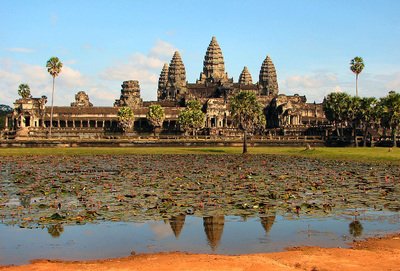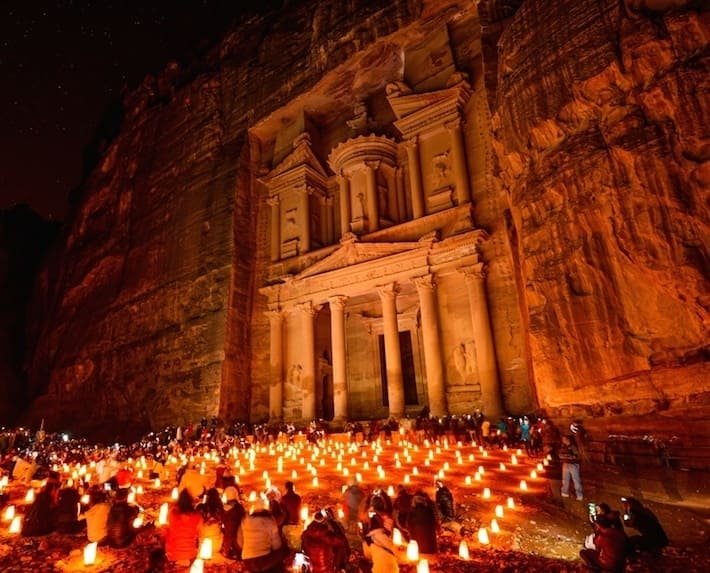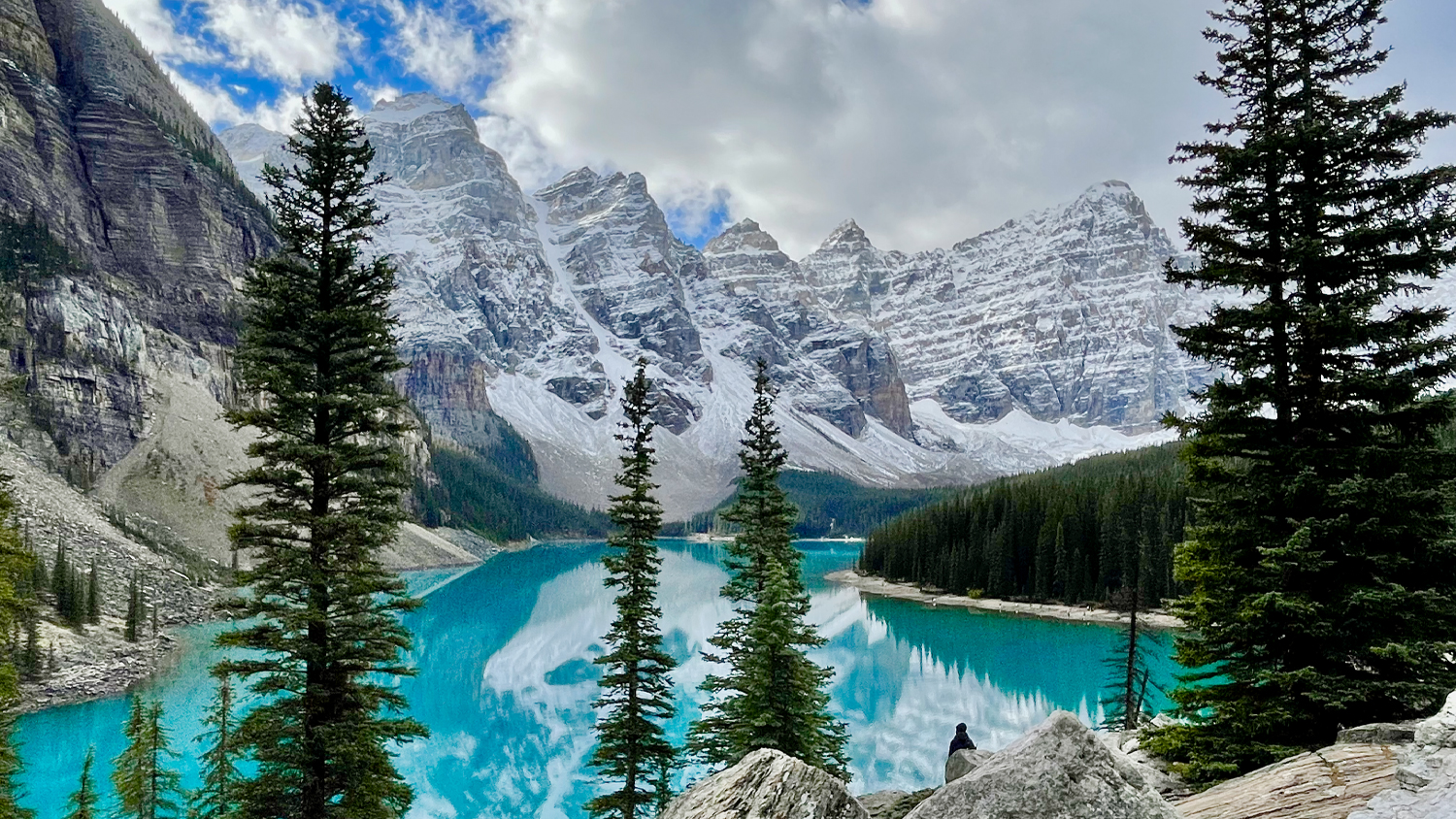Northern Lights in Norway: Nature’s Light Show
The Northern Lights, or Aurora Borealis, are among nature’s most mesmerizing spectacles—an ethereal dance of color and light that illuminates the night sky in magical hues of green, purple, and pink. And few places on Earth offer as stunning a stage for this cosmic performance as Norway. With its Arctic wilderness, clear skies, and minimal light pollution, Norway has earned a reputation as one of the best destinations to witness this phenomenon.
In this article, we’ll explore what makes the Northern Lights in Norway so special, where and when to see them, and how to plan a trip to witness this unforgettable natural wonder.
What Are the Northern Lights?
The Northern Lights occur when charged particles from the sun collide with atoms in Earth’s atmosphere, creating a natural light display that can stretch across the Arctic sky. These lights appear in various colors, most commonly green, but also red, purple, yellow, and blue, depending on the type of gas particles involved and their altitude.
Norway’s northern location, especially areas above the Arctic Circle, makes it one of the best countries to witness this celestial show.
Why Norway?
Norway offers a unique combination of geographical location, accessibility, and infrastructure that makes chasing the Northern Lights a comfortable and exciting adventure.
- Stable Weather: Certain parts of Norway, like the Lyngen Alps or Tromsø, offer clearer skies during the aurora season.
- Minimal Light Pollution: Norway’s remote northern towns and vast wilderness areas are ideal for aurora viewing without interference from artificial lights.
- Modern Facilities: Despite being far north, many aurora hotspots in Norway have excellent lodging, guided tours, and transportation options.
Best Places in Norway to See the Northern Lights
- Tromsø Often called the “Gateway to the Arctic,” Tromsø is one of the most popular Northern Lights destinations in the world. Located 350 kilometers north of the Arctic Circle, this vibrant city is surrounded by fjords, mountains, and unspoiled nature—ideal conditions for aurora hunting. It also has great museums, restaurants, and even a cable car for viewing the lights from a mountaintop.
- Alta Known as the “City of the Northern Lights,” Alta is historically significant for its early scientific studies of the aurora. The Northern Lights Cathedral and the Alta Museum give deeper insights into the phenomenon. Alta’s dry climate means more clear skies during the winter season.
- Lofoten Islands The dramatic landscapes of Lofoten—sharp peaks, fishing villages, and deep fjords—create a stunning backdrop for the aurora. While cloud cover can be more common here due to coastal weather, the contrast between sea and sky can lead to breathtaking photos.
- Senja Less crowded than Lofoten, Senja offers equally dramatic views and is excellent for those looking for a quieter, more intimate aurora experience. It’s a great mix of mountains, coastline, and wildlife.
- Svalbard Located far north between Norway and the North Pole, Svalbard offers a rare chance to see the Northern Lights during the day in the Polar Night period (mid-November to January). This remote archipelago is best suited for the adventurous traveler.
Best Time to See the Northern Lights in Norway
The aurora season in Norway runs from late September to early April, with the peak months typically being October to March. During this time, nights are long and dark, providing the perfect conditions for viewing.
- December to February offers the darkest skies and coldest temperatures—ideal for clear skies but requires proper winter gear.
- October and March are often considered the best months, offering a balance of darkness, clearer weather, and milder temperatures.
For optimal viewing, head out between 6 PM and 2 AM, away from city lights. Clear, cloudless nights during a solar storm or high solar activity increase your chances dramatically.
Activities That Enhance the Experience
Witnessing the Northern Lights is often a waiting game, but Norway provides many ways to make the journey enjoyable:
- Aurora Chasing Tours: Local guides take you to the best spots based on real-time weather and solar activity reports.
- Dog Sledding & Snowmobiling: Experience the thrill of the Arctic while searching for the lights.
- Sami Cultural Experiences: Learn about Norway’s indigenous Sami people and their deep spiritual connection to the Northern Lights.
- Glass Igloos and Domes: Stay in specialty accommodations with transparent roofs for cozy aurora viewing from your bed.
Photography Tips for Capturing the Northern Lights
To photograph the Northern Lights successfully:
- Use a tripod for stability during long exposures.
- Set your camera to manual mode.
- Use a wide-angle lens and the lowest possible f-stop.
- Set the ISO between 800 and 3200 and shutter speed between 5 to 30 seconds, depending on the brightness of the lights.
- Bring extra batteries, as cold temperatures drain them quickly.
What to Pack
The Arctic winter is cold, so layering is essential:
- Thermal base layers
- Wool sweaters
- Insulated, waterproof jackets and pants
- Gloves, scarves, and hats
- Snow boots
- Hand and foot warmers
If you’re joining a tour, many companies provide insulated suits and boots.
Responsible Tourism and Sustainability
The pristine Arctic environment is delicate. Travelers are encouraged to:
- Choose eco-certified tours and lodges.
- Follow Leave No Trace principles.
- Respect local wildlife and indigenous cultures.
- Limit light pollution by minimizing flashlight and camera flashes.
Final Thoughts
The Northern Lights in Norway are more than just a spectacle—they’re a deeply humbling, awe-inspiring experience that connects you with nature on a cosmic scale. Whether you’re standing on a snow-covered hill in Tromsø, riding a dog sled under the stars in Alta, or lying in a glass igloo in Senja, seeing the aurora is an experience you will never forget.
Planning carefully, staying patient, and immersing yourself in the Arctic beauty of Norway can turn a simple trip into the adventure of a lifetime.


